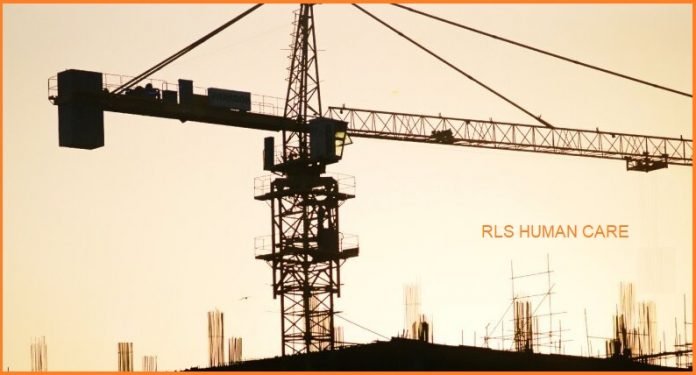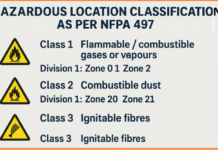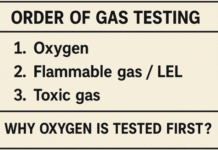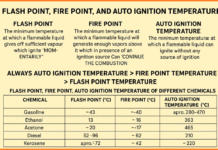Tower cranes are essential equipment in the construction industry. They are used to lift and move heavy materials and equipment to different levels of a building or structure. However, tower cranes can be dangerous if not used properly. The Occupational Safety and Health Administration (OSHA) has identified tower crane accidents as a leading cause of fatalities in the construction industry. In this blog post, we will discuss some guidelines and best practices for tower crane safety.
Contents
Proper training and certification
Tower crane operators should be properly trained and certified before operating a tower crane. OSHA requires tower crane operators to have a valid certification from a recognized certification organization. Certification should include both written and practical exams that evaluate an operator’s knowledge and skills in operating a tower crane.
Regular inspection and maintenance
Tower cranes should undergo regular inspection and maintenance to ensure their safe and efficient operation. The manufacturer’s recommendations for inspection and maintenance should be followed. A qualified technician should perform regular inspections to identify and address any issues that may arise. Any identified defects should be repaired immediately to prevent accidents.
Electrical safety is a critical consideration when operating a tower crane to prevent electrocution or electrical hazards. Here are some electrical safety guidelines for tower cranes:
- Inspect electrical components regularly: Regular inspections of the electrical components, including wiring, grounding systems, and control panels, can identify issues that may lead to electrical hazards. Any damaged or faulty components should be replaced immediately.
- Use a qualified electrician: Only qualified electricians should perform electrical work on tower cranes. This includes installation, maintenance, and repair work.
- Grounding: The tower crane must be grounded to prevent electrical shock. All electrical equipment must be properly grounded to the earth to ensure electrical current does not build up on the equipment.
- Avoid overhead power lines: The operator and anyone working on or around the tower crane must be aware of overhead power lines. If a crane comes in contact with a power line, the electrical current can flow through the crane and harm anyone in the vicinity.
- Do not touch electrical equipment with wet hands: Never touch electrical equipment with wet hands, as this increases the risk of electrical shock.
- Turn off power when not in use: Always turn off the power when the tower crane is not in use. This can prevent accidental activation of the crane and reduce the risk of electrical hazards.
- Training: Only trained and authorized personnel should operate and work on tower cranes. Proper training can help ensure that everyone knows how to work safely around electrical equipment.
Safe operating procedures
Tower crane operators should follow safe operating procedures at all times. This includes proper rigging and signaling, maintaining a safe distance from power lines, avoiding overloading, and maintaining proper communication with other workers on the job site. Operators should also be aware of weather conditions and take appropriate precautions when operating a crane in high winds, rain, or snow.
Follow load capacity limits: Each crane has a specific load capacity limit that must be strictly adhered to. Operators should never exceed this limit, as it can lead to crane failure, collapse, or tip-over.
Use proper rigging techniques: Proper rigging is essential to ensure that the load is stable and secure. This includes selecting the right type of rigging equipment, inspecting it for defects, and attaching it to the load correctly.
Communicate effectively: Communication is critical on a construction site, and tower crane operators must communicate effectively with other workers. This includes using hand signals or radios to relay information and signals between the operator and ground crew.
Adequate site preparation
Before operating a tower crane, the job site should be adequately prepared. This includes ensuring that the crane is erected on a solid and stable foundation, with the appropriate clearance from other structures and equipment. The site should also be clear of any obstructions that could interfere with the crane’s operation.
Proper use of personal protective equipment
Tower crane operators and other workers on the job site should wear appropriate personal protective equipment (PPE) to prevent accidents. This includes hard hats, safety glasses, gloves, and steel-toed boots. Operators should also wear a full body harness and lanyard when climbing up and down the crane or working at height.
In conclusion, tower crane safety is essential to prevent accidents and injuries in the construction industry. Operators should be properly trained and certified, and cranes should undergo regular inspection and maintenance. Safe operating procedures, adequate site preparation, and proper use of PPE are also crucial for a safe and efficient job site. By following these guidelines and best practices, construction companies can ensure the safety of their workers and prevent accidents on the job site.





